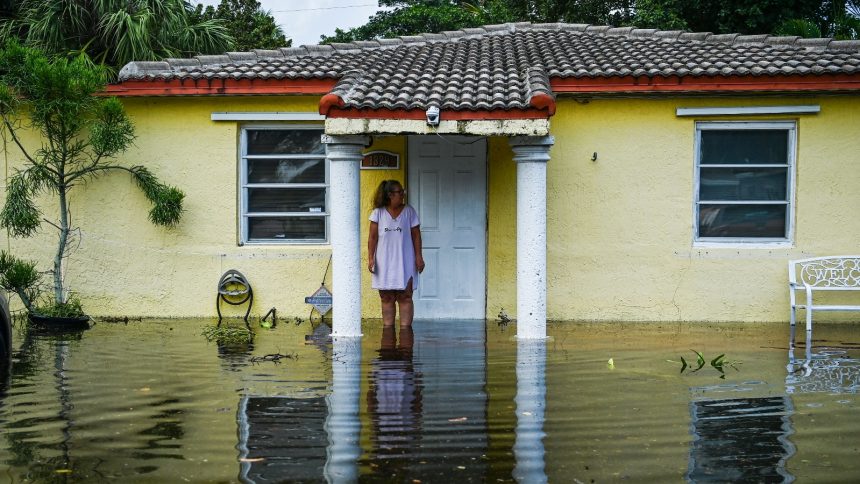This guide is part of State of Emergency, a Grist series exploring how climate disasters are impacting voting and politics.
A companion piece examines the logistics of voting if you’ve been impacted by extreme weather. No matter where you live, extreme weather can hit your area, causing damage to homes, power outages, and dangerous or deadly conditions. If you’re on the coast, it may be a hurricane; in the Midwest or South, a tornado; in the West, wildfires; and as we’ve seen in recent years, anywhere can experience heat waves or flash flooding. Living through a disaster and its aftermath can be both traumatic and chaotic, from the immediate losses of life and belongings to conflicting information around where to access aid. The weeks and months after may be even more difficult, as the attention on your community is gone but civic services and events have stalled or changed drastically.
Grist compiled this resource guide to help you stay prepared and informed. It looks at everything from how to find the most accurate forecasts to signing up for emergency alerts to the roles that different agencies play in disaster aid.

Where to find the facts on disasters
These days, many people find out about disasters in their area via social media. But it’s important to make sure the information you’re receiving is accurate. Here’s where to find the facts on extreme weather and the most reliable places to check for emergency alerts and updates.
- Your local emergency manager: Your city or county will have an emergency management department. In larger cities, it’s often a separate agency; in smaller communities, fire chiefs or sheriff’s offices may manage emergency response and alerts.
- Local news: The local television news and social media accounts from verified news sources will have live updates during and after a storm.
- Weather stations and apps: The Weather Channel, Apple Weather, and Google will have information on major storms.
- National Weather Service: This agency offers information and updates on everything from wildfires to hurricanes to air quality.

How to pack an emergency kit
As you prepare for a storm, it’s important to have an emergency kit ready in case you lose power or need to leave your home. Review this checklist from FEMA for what to pack so you can stay safe, hydrated, and healthy. Contact your local disaster aid organizations for free or affordable kits.
Some of the most important things to have:
- Water (one gallon per person per day for several days)
- Food (at least a several-day supply of non-perishable food) and a can opener
- Medicines and documentation of your medical needs
- Identification and proof of residency documents

Disaster aid 101
It can be hard to know who to lean on or trust when it comes to natural disasters. Here’s a breakdown of government officials and agencies in charge of delivering aid before, during, and after a disaster:
- Emergency management agencies: They communicate with the public about incoming disasters and manage rescue efforts during extreme weather events.
- Law enforcement: Sheriff’s departments enforce mandatory evacuation orders, manage traffic flow, and conduct search and rescue operations.






